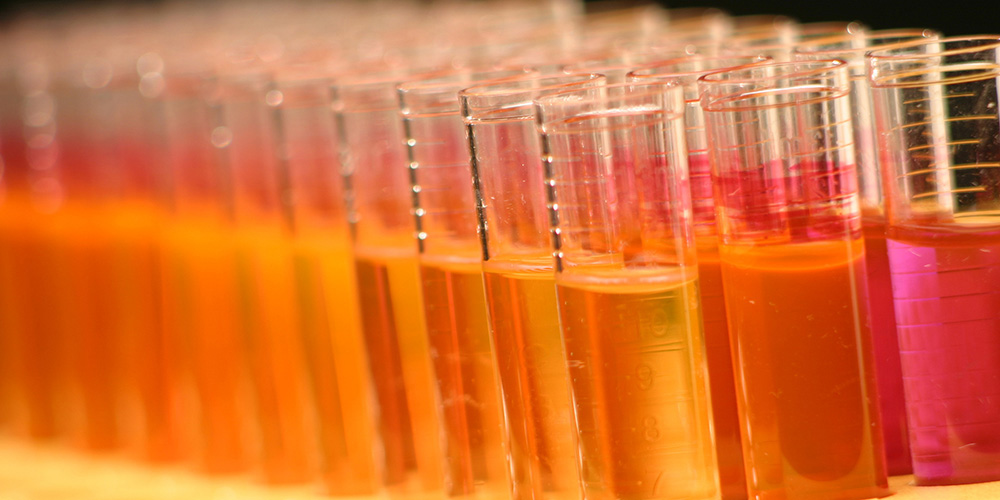Unravelling novel Rubisco structures in algae
Many of the algae forming symbiotic associations with coral reef organisms have unique forms of Rubisco which we know very little about.
Research themes
Project status
Content navigation
About

Many of the algae forming symbiotic associations with coral reef organisms have unique forms of Rubisco which we know very little about.
Dinoflagellates are unicellular algae that often form symbiotic associations with many coral reef invertebrates such as corals, clams and anemones. The CO2-fixing enzyme Rubisco (ribulose-1,5-bisphosphate carboxylase/oxygenase) found in most dinoflagellate algae has many unique structural and catalytic features (see Rowan et. al., 1996, Plant Cell, 8:539-553) that remain unexplored. To determine the quaternary structure of this novel Rubisco, this project will purify the enzyme from cultured and symbiotic dinoflagellate species and analyse its subunit structure and stability by mass spectrometry and biochemical assays.
Recommended reading
- Rowan, R., Whitney, S. M., Fowler, A., and Yellowlees, D. (1996). Ribulose-1,5-bisphosphate carboxylase/oxygenase in marine dinoflagellates (Symbiodinium spp.): Form II enzymes in eukaryotic oxygenic phototrophs, encoded by a nuclear multigene family. The Plant Cell, 8, 539-553.
- Whitney, S.M. and Andrews, T.J. (1998) The CO2/O2 specificity of single-subunit ribulose-bisphosphate carboxylase from the dinoflagellate, Amphidinium carterae. Australian Journal of Plant Physiology, 25, 131-138.
- Leggat W, Whitney SM, Yellowlees D (2004) Is coral bleaching due to the instability of the dark reactions? Symbiosis 37, 137-154.

